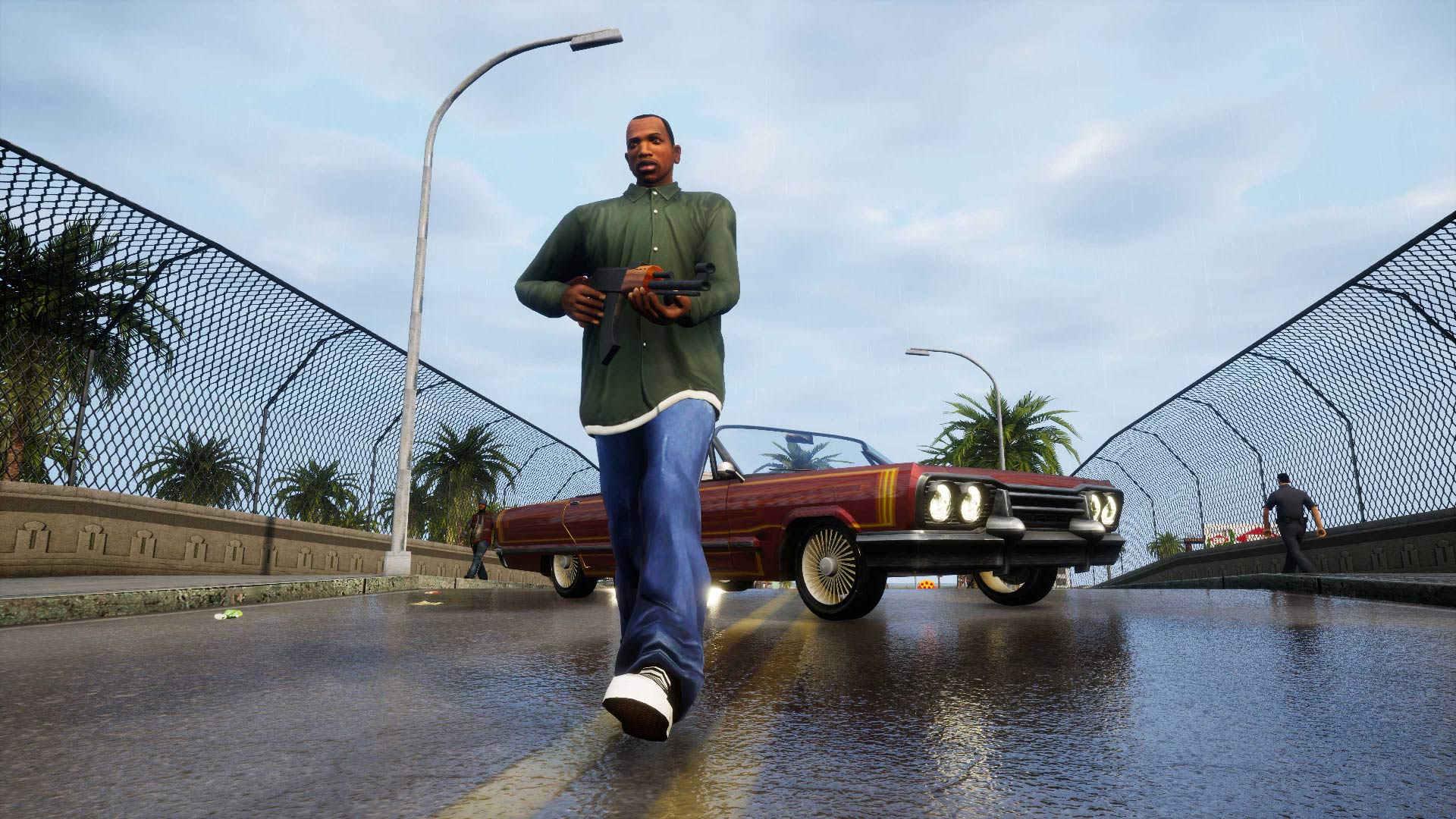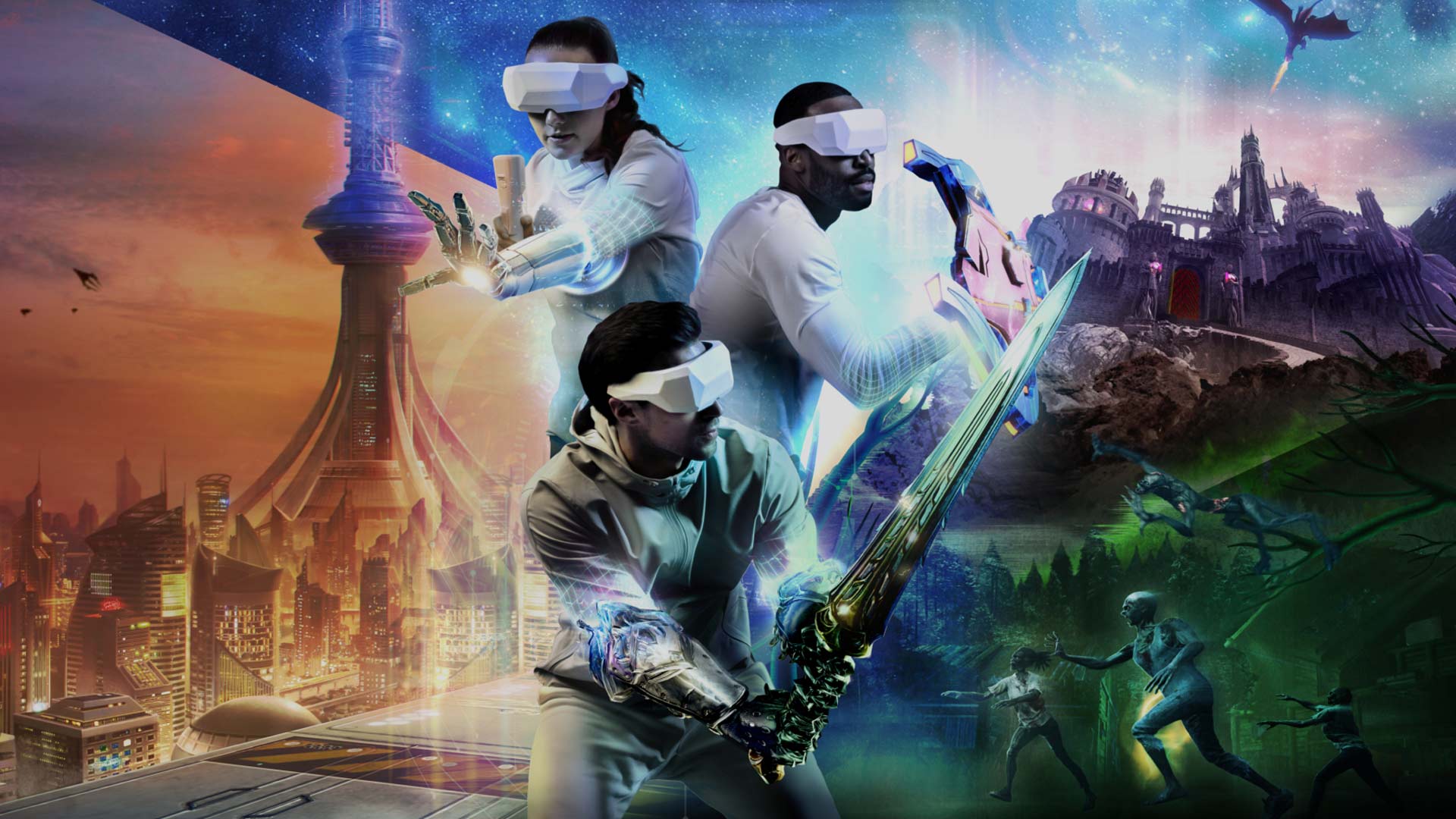Hold on a second—doesn’t the Apple Vision Pro come in black? Well, not really, but the Play For Dream MR does, and it’s making waves. Dubbed by some as the ‘Android Vision Pro’ due to its Android-based operating system, Play For Dream stole the spotlight at this year’s CES 2025.
This mixed reality headset, initially launched in Asia just last year, was an ambitious effort by the Chinese company Play For Dream to bring their Vision Pro-inspired device to Western audiences. Their Kickstarter campaign, which kicked off in September, was a smashing success, pulling in over 2,271,650 Hong Kong dollars, which is roughly $292,000 USD.
The Play For Dream MR is jam-packed with the latest in XR technology: it boasts a Snapdragon XR2+ Gen 2 processor running on Android 15, features dual 3,840 x 3,552 micro-OLED displays at 90Hz, and includes eye-tracking and automatic IPD adjustment. Add to that wired and wireless PC streaming capabilities, a rear-mounted battery like the Quest Pro, and Touch-style controllers, and this headset seems to have it all—even the user interface reminiscent of the Vision Pro.
Setting design inspirations aside, Amanda Watson, a former Quest engineer, took the Play For Dream MR for a spin at CES. In a social media post, she described it as “the absolute best all-around headset demo I saw on the floor today.”
Watson, who left Meta in 2022, was impressed, saying it’s essentially an “Android Apple Vision Pro,” yet with excellent execution across performance, optics, user interface, and media capture and playback features.
During her tenure at Meta/Oculus, Watson was involved in several Quest projects, including the tethered Link and the Wi-Fi streaming tool Air Link. She was the sole developer of Air Link for nearly a year before its launch. With credentials like these, when Watson praises a device, it’s probably worth paying attention.
She shared her experience with the device’s USB and wireless PCVR streaming (she tested USB), pointing out that while it’s a work in progress in terms of frame rate and latency, many fundamental features like controller motion and resolution were solid.
Watson also commended the Touch-style controllers, despite the headset not having showcased its hand tracking capabilities at the event. The pancake lenses received high praise for their “excellent distortion correction,” which Watson emphasized as a major factor for her personally.
Since its establishment in 2020—originally known as YVR—Play For Dream has already rolled out two standalone VR headsets, the YVR 1 and YVR 2, both launched in China back in 2022.
As for the Play For Dream MR, a firm release date and pricing details are still under wraps, but the company noted it will be priced under $2,000. You can stay updated with more specs and ordering information on Play For Dream’s official website as they become available.













































